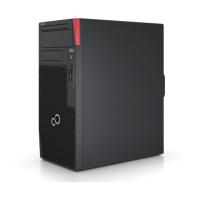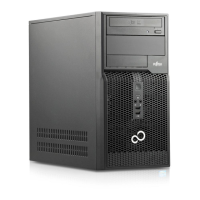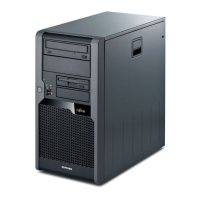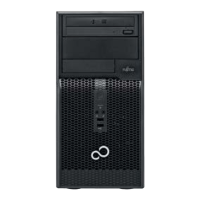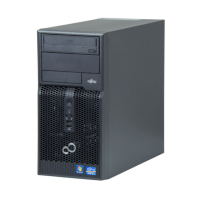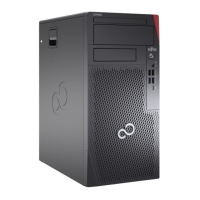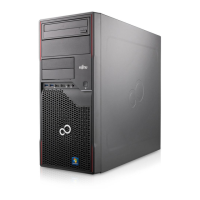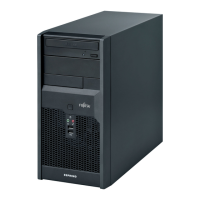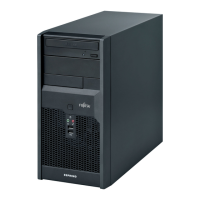Why won't my Fujitsu ESPRIMO P6012 Desktop turn on?
- MMichael WilliamsonAug 7, 2025
If the power-on indicator on your Fujitsu Desktop doesn't light up after switching it on, the issue might be with the mains voltage supply. Check if the power cable is properly plugged into both the device and a grounded mains outlet. Alternatively, the internal power supply could be overloaded. If this is the case, unplug the device, wait approximately 3 minutes, plug it back into a grounded outlet, and try switching it on again.
